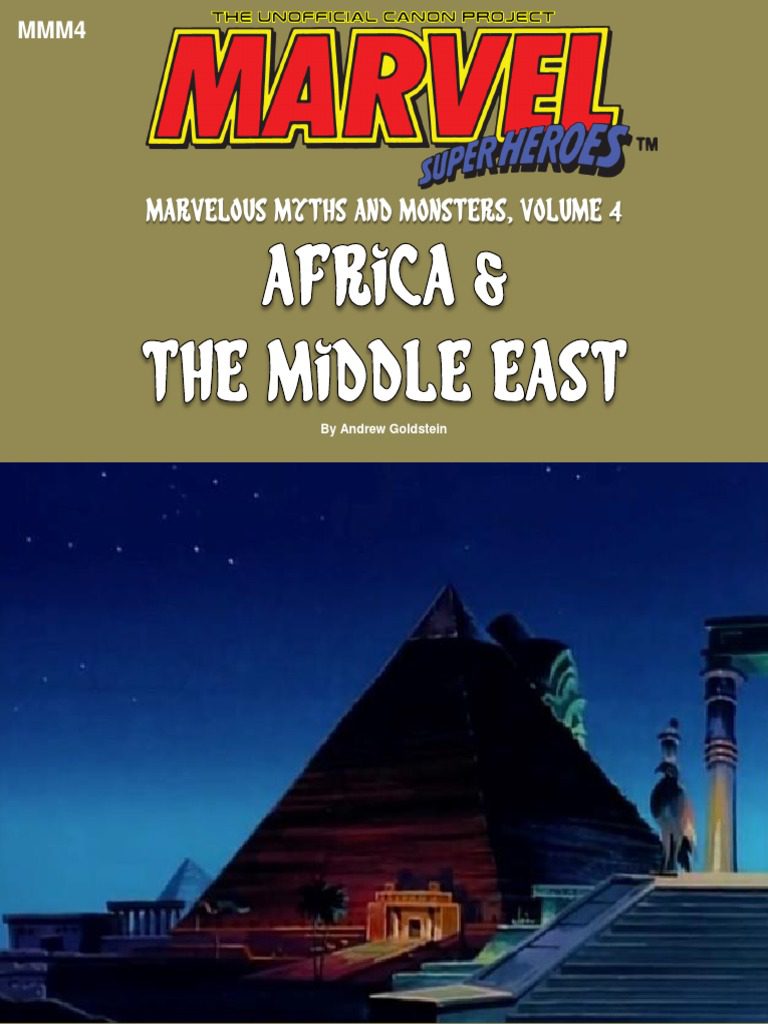The Djinn and the Rakshasa are prominent mythical beings in Middle Eastern and Indian folklore. The Djinn are known for their ability to grant wishes but are also unpredictable and volatile. They possess magical powers, and are immortal and shapeshift into various forms. In contrast, the Rakshasa is generally portrayed as malevolent and evil, seeking to cause chaos and destruction. They possess supernatural powers, are associated with darkness and the night, and enjoy playing mind games with their victims. The Djinn is associated with fire and danger, while the Rakshasa is associated with shadowy motives and clandestine acts. Through their characteristics, both creatures provide insight into the ancient beliefs and values of these cultures.
The Djinn vs. The Rakshasa: Examining the Attributes of Middle Eastern and Indian Mythical Beings
Mythical beings have been present in tales and legends for as long as human history. These supernatural creatures often embody powerful forces of nature or serve as metaphors for human emotions and desires. Two of the most prominent and distinct mythical beings in Middle Eastern and Indian folklore are the Djinn and the Rakshasa. Examining their attributes and characteristics provides an insight into the ancient beliefs and values of these cultures.
The Djinn
The Djinn, also known as the jinn or genie, are supernatural beings that are prevalent in Islamic mythology. They are typically depicted as volatile and temperamental, capable of granting wishes but also causing harm to those who cross their path. The Djinn are often described as being formed from smokeless fire and possessing the ability to shape-shift into various forms such as animals or humans.
Attributes of the Djinn
One of the most intriguing aspects of the Djinn is their ability to grant wishes. People often speak of rubbing a lamp to summon the Djinn and have their desires fulfilled. However, this act of summoning can be dangerous, as the Djinn are said to be unpredictable, and their granting of wishes can have unexpected outcomes. For instance, in the story of Aladdin, the genie grants Aladdin’s wishes, but his interpretation of those wishes often causes more problems than solutions.
The Djinn are also known to possess immense magical powers. They can manipulate elements such as fire, water, air or earth, and are said to have the ability to read minds and possess humans. They are immortal and can live for countless years, sometimes even centuries, but they are not invincible. They can be bound, trapped, or tricked, as seen in the popular tale “The Fisherman and the Djinn,” where a fisherman outwits a Djinn to save his life.
The Rakshasa
The Rakshasa is a mythical creature found in Hindu, Buddhist, and Sikh mythology. They are often described as shapeshifting demons or fierce supernatural beings that feed on human flesh. The Rakshasa is generally portrayed as malevolent and evil, but some tales describe them as ambiguous or even heroic.
Attributes of the Rakshasa
The Rakshasa is known for its shapeshifting abilities, which often involve taking on animal or human forms. They are associated with darkness and the night, preferring to hunt and kill when the moon is out. The Rakshasa has superhuman strength and can also possess supernatural powers such as invisibility and flight. In contrast to the Djinn, who can grant wishes, the Rakshasa is often depicted as seeking to cause chaos and destruction.
The Rakshasa is also known for its cunning and intelligence. They are capable of manipulating situations to their advantage, and they enjoy playing mind games with their victims. In Hindu mythology, the Ravana, a chief Rakshasa, kidnaps Sita, the wife of Lord Rama, and engages in a battle with the god in the epic tale of the “Ramayana.”
Comparing the Attributes of the Djinn and the Rakshasa
Although the Djinn and the Rakshasa share some similarities, such as their shapeshifting abilities and immortality, they have many distinct differences. The Djinn is often portrayed as being unpredictable, with their granting of wishes having unexpected consequences, while the Rakshasa is more calculating in its evil intentions. The Djinn has a reputation for being volatile, while the Rakshasa is known for being cunning and intelligent.
Another notable difference is the Djinn’s association with fire and heat. The fact that they’re said to be created from smokeless fire highlights their connection with destruction and danger, while the Rakshasa is associated with the night and darkness, pointing to shadowy motives and clandestine acts.
Conclusion
The Djinn and the Rakshasa are both fascinating mythical beings that provide an insight into the cultural imagination of the Middle East and India. They represent different aspects of humanity’s fears and desires, and their tales reveal ancient beliefs about the supernatural world. Overall, these creatures serve as timeless reminders of the power of mythology to shape our understanding of the world and the mysteries that lie beyond it.
